3 Ways Net Lease Investments Offer Critical Diversification
Ben Reinberg of Alliance Consolidated Group of Cos. on the depth and breadth of this asset class.
With volatility in the stock market, many investors are flocking to real estate and other hard assets. Net-leased properties, in particular, are catching the attention of buyers, including newcomers to the industry, due to their recession-resistant qualities.
While it’s true net-leased real estate can deliver stable, predictable returns, no investment is foolproof. As with any real estate portfolio, diversification is key. Success is determined by what you buy, where you buy and who you buy from.
1. What You Buy: Asset Diversity
Net lease encompasses a range of property types, including retail, office, industrial and healthcare. Over the past three decades, my firm, Alliance Consolidated Group of Companies, has made strategic investments across most of these asset classes, though today we specialize in medical real estate.
Even firms like ours that focus on one segment of the net lease market have the opportunity to diversify by property type. Healthcare real estate encompasses a range of facilities—including outpatient surgery centers, specialty and urgent care clinics, dialysis centers, micro-hospitals and diagnostic imaging centers—many of which deliver services that are covered by Medicare, Medicaid or private insurance and, therefore, essential in good economic times and bad.
Earlier this year, Alliance launched a $50 million investment fund that targets not only net-leased medical properties, but also veterinary clinics whose services are similarly essential, even though they’re provided to a different “patient” base. This is another example of how investors can achieve diversification within a single net lease sector.
2. Where You Buy: Market Diversity
Another way net lease investors can shore up their portfolio is by acquiring assets in a range of locales. Which markets are experiencing growth within your target asset classes? Are there nearby institutions—for example, hospital campuses, universities and/or government centers – that support the local economy? Do you foresee any risks, such as rising crime or natural disasters, that might negatively impact property values in the years ahead? It’s critical to do your research early on to determine where you want to be and why.
As a firm that specializes in healthcare, we’ve focused primarily on Sun Belt states with lower taxes and warmer climates, both of which are attractive to the country’s aging population. This population migration is occurring as health providers move more of their services to outpatient settings that are more affordable and accessible to patients, creating investment opportunities in areas where they did not previously exist.
3. Who You Buy From: Seller Diversity
Finally, investors must consider who they’re buying from: What drew them to the asset in the first place? Have they taken care of it or are significant capital improvements required? Why are they selling, and are they being realistic with pricing based on current market conditions, especially if they want to remain in that location as a tenant? Your success may be contingent on your ability to identify opportunities with longtime owners who are motivated sellers.
Medical providers, for example, are among the most stable and profitable tenants, as they tend to stay for long periods because they want to remain close to their patient base and avoid the costs and regulatory headaches associated with a move. Many deals that Alliance invests in are sale-leaseback transactions. With sale-leasebacks, the existing owner is often inclined to sell to free up capital that can be reinvested in the business, but also intent on remaining in the facility as a tenant to limit disruption to operations. It’s a small enough segment of the market that broker relationships—like those Alliance has developed over the years— can point investors toward the best opportunities. In some cases, a single health-care provider may have facilities in multiple markets, which allows for greater scalability, as long as buyers do their due diligence to make sure they’re sound investments.
For newcomers looking to invest in hard assets, net lease can be a safer play than other property types whose higher yields come with greater risks. Some existing commercial property owners are also looking to increase their net lease holdings as they trade out of more management-intensive assets that are becoming increasingly costly to maintain and operate. Those who prioritize diversity in their net lease portfolio are most likely to realize the stability these assets can offer, even in unstable times.
Ben Reinberg is chief executive officer of Alliance Consolidated Group of Companies.

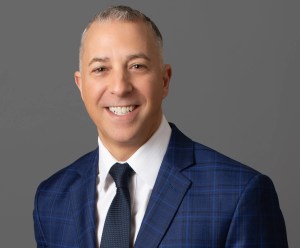
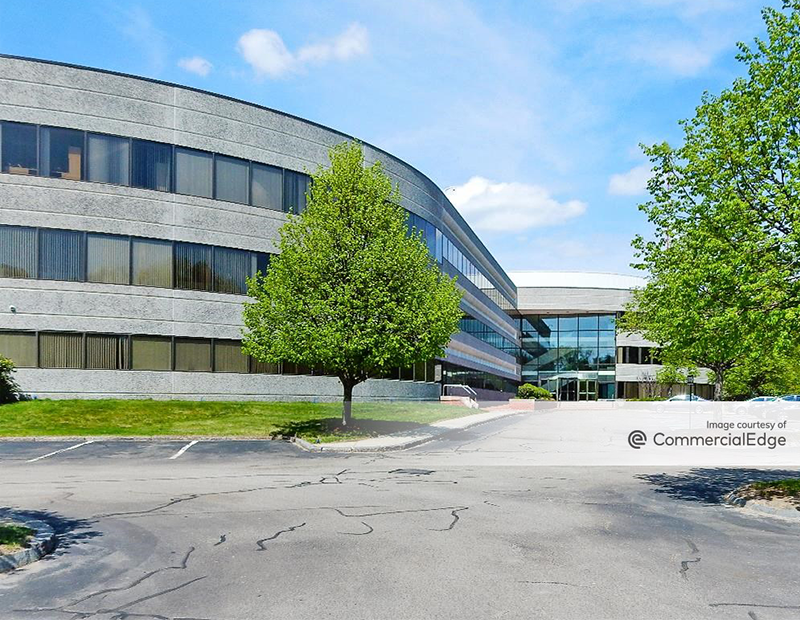
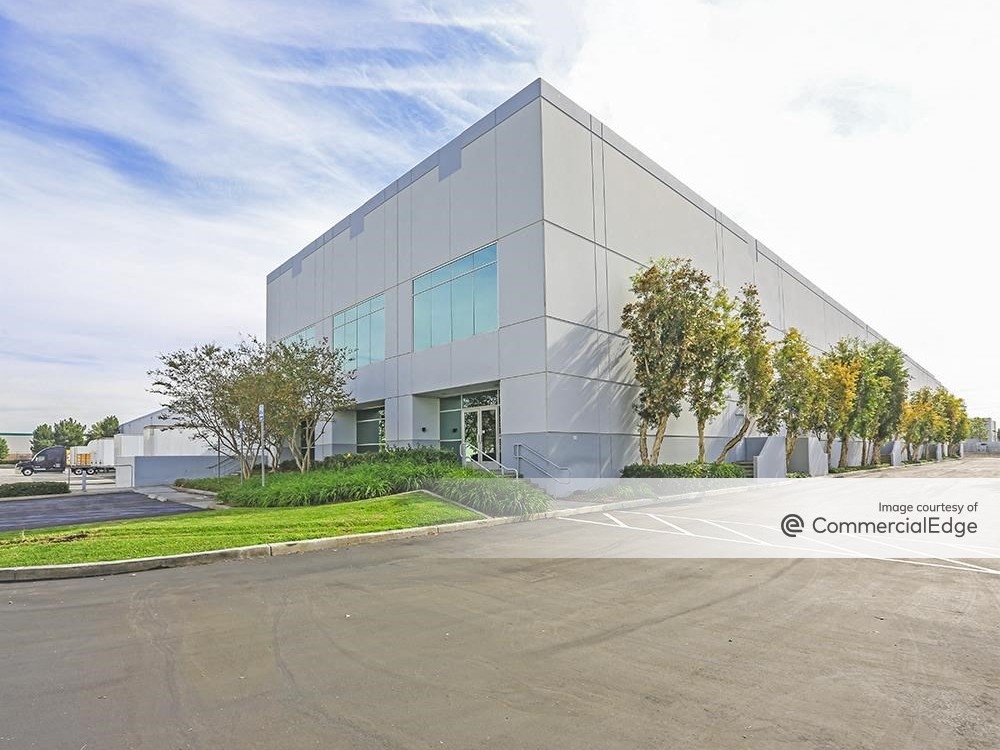
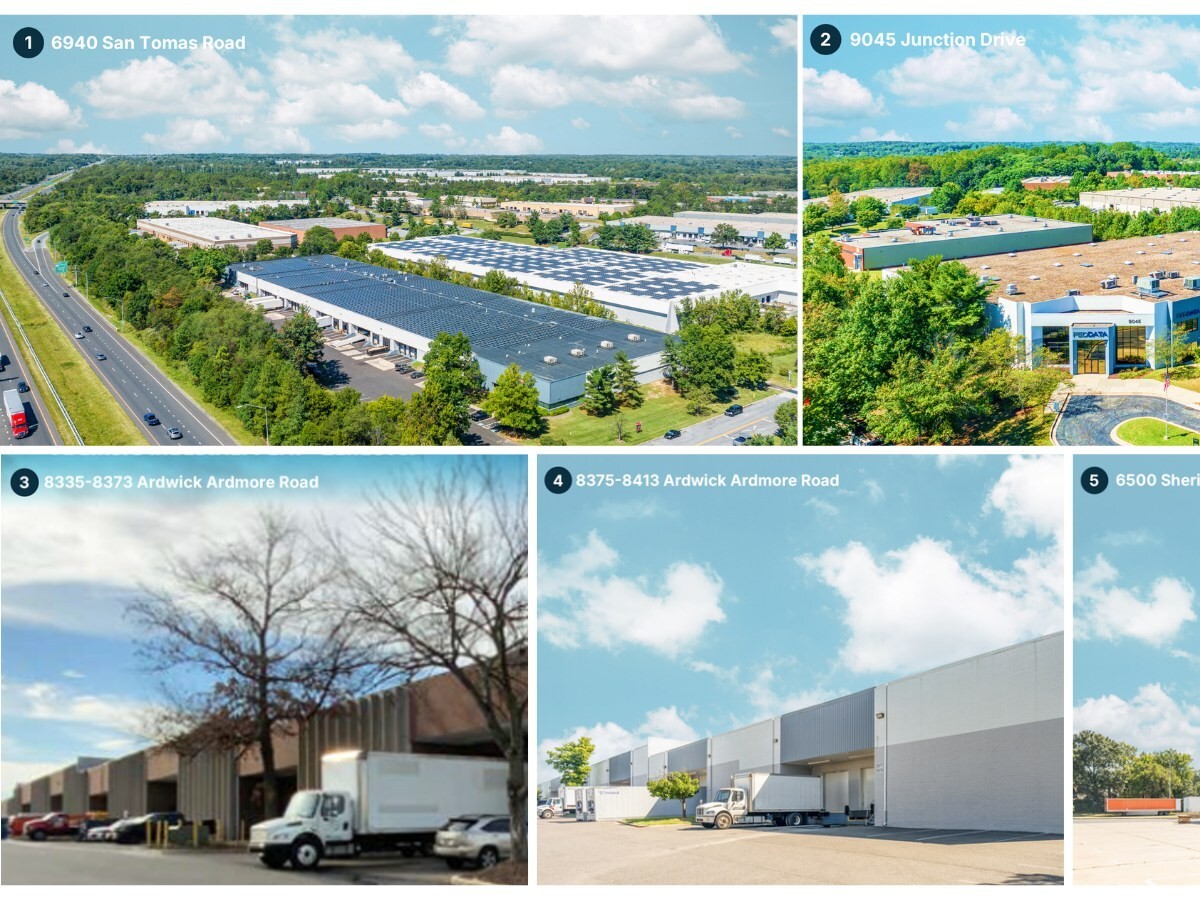
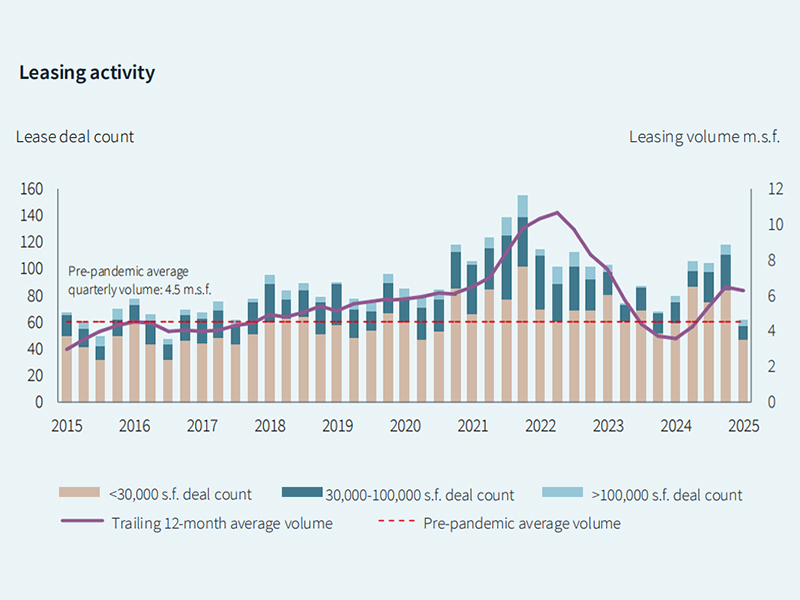

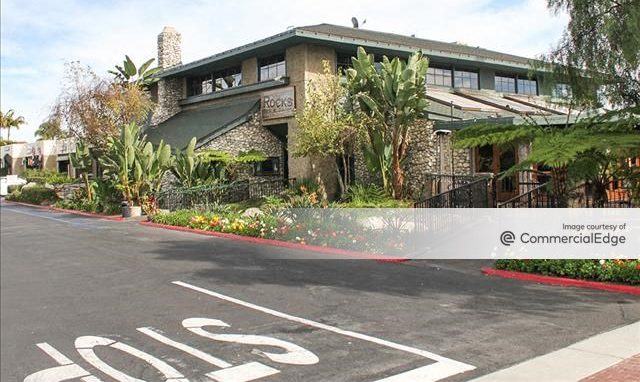
You must be logged in to post a comment.